Your company’s brand is represented through the business card. In addition to providing crucial personal contact details like name, title, email, website, and phone number, it frequently serves as the first opportunity to view the company’s overall image.
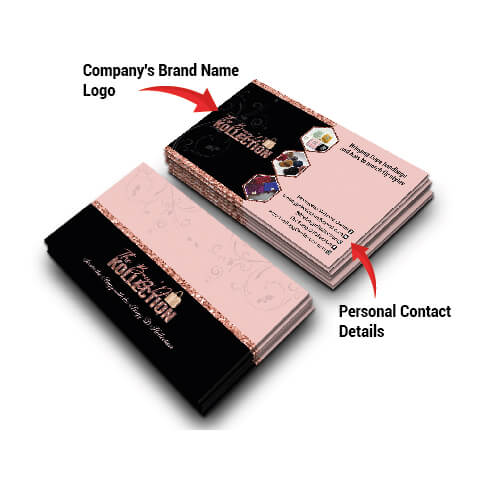
What details should to be included on your business card?
- Your Logo.
- Business/Company name.
- Slogan/Tagline.
- Your name & title.
- Contact details (Personal or Business)
- Your Company address online or physical
- Social media handles (Facebook, Instagram, Twitter, YouTube, LinkedIn, etc)
- A QR code
What distinguishes a name card from a business card?
Today, a visiting card can have the name and emblem of your business, but it would contain less information about the company. A visiting card concentrates on the person, whereas a business card largely reflects the enterprise. And it is this that determines how each kind of card is used.
Size and Dimension Guide for Business Cards
One Standard Size
Have you ever wondered why the majority of business cards are exactly that size and shape? Standard business cards are 3.5″ x 2″ in size. They all typically fit neatly into a wallet, handbag, or pocket, as you may have noticed. For precisely this reason, licences, credit cards, and appointment cards are all around the same size.

Shape it
Standard business card dimensions are frequently the best option for uniformity and recognition. However, using various shapes might make you stand out and leave a lasting impression.

Let’s explore whether you might choose square business cards or cards with rounded corners after discussing the advantages of using a conventional business card size above.
A brand or product image can be placed front and centre on square business cards, which measure 2.5′′ x 2.5′′ and have a creative, fascinating vibe. The cards are noticeable when they are placed on an event table, affixed to a bulletin board, or held by a potential client.
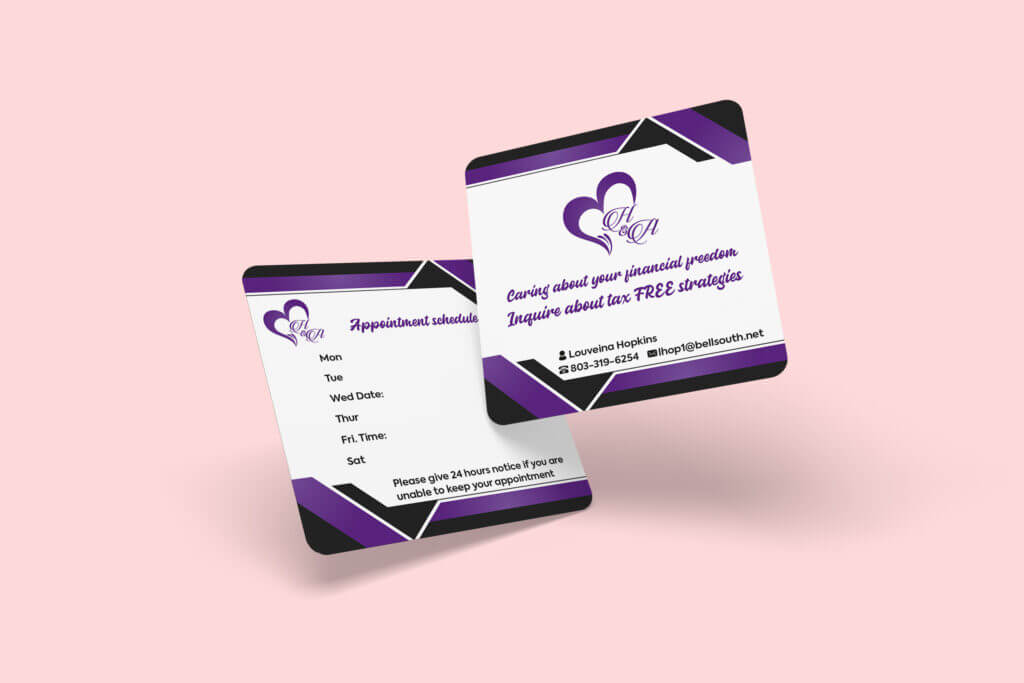
Business cards with rounded corners are 3.5′′ by 2′′ and have quarter-inch corners. They have a distinct, contemporary appearance. As a result, the corners of your business cards help them stand out more in a stack of cards.

Design Guidelines
Our incredible designers have created thousands of templates for you to choose from when creating your card. However, you can also create your own design. It’s as easy as choosing a file from your computer, but there are some crucial rules to remember.
Bleed Area: 3.61″x 2.11″
If your card has a backdrop colour or pattern, make sure it extends somewhat over the card’s real size. This ensures that no matter how little off-center the cards are cut, there will never be white borders.
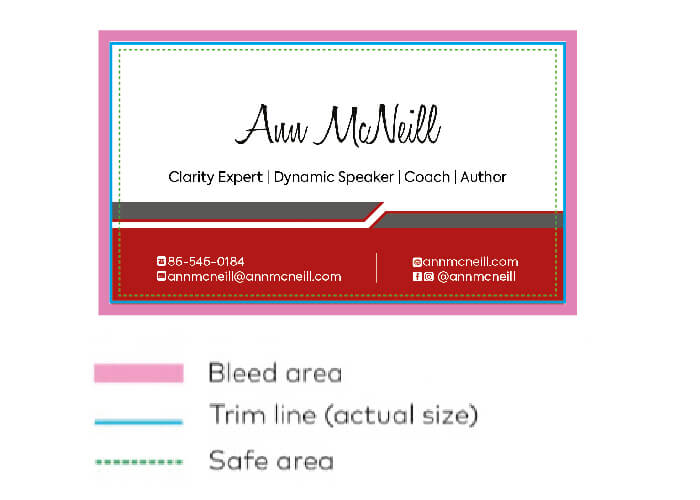
Actual Size: 3.5″x 2″
This is where we cut your cards, as the name suggests. Although we make every effort to ensure that all of your cards are uniformly centred, please read about the safe printing area.
Safe Printing Area: 3.36″x 1.86″
This region, which isn’t much smaller than the actual size of the card, most likely contains any significant text or design elements. Keep everything in this box to ensure nothing is severed.
Business Card Size in Pixels: 1050 x 600 pixels
The actual card size, if you or a member of your team is using a design tool to create it, is 1050 × 600 pixels. The safe printing area is 1008 × 558 pixels, whereas the full bleed size is 1083 x 633 pixels.
See our helpful upload guide, provided below, for a complete list of our upload requirements and file types we accept. Check out some examples of designs to gain some ideas and inspiration.

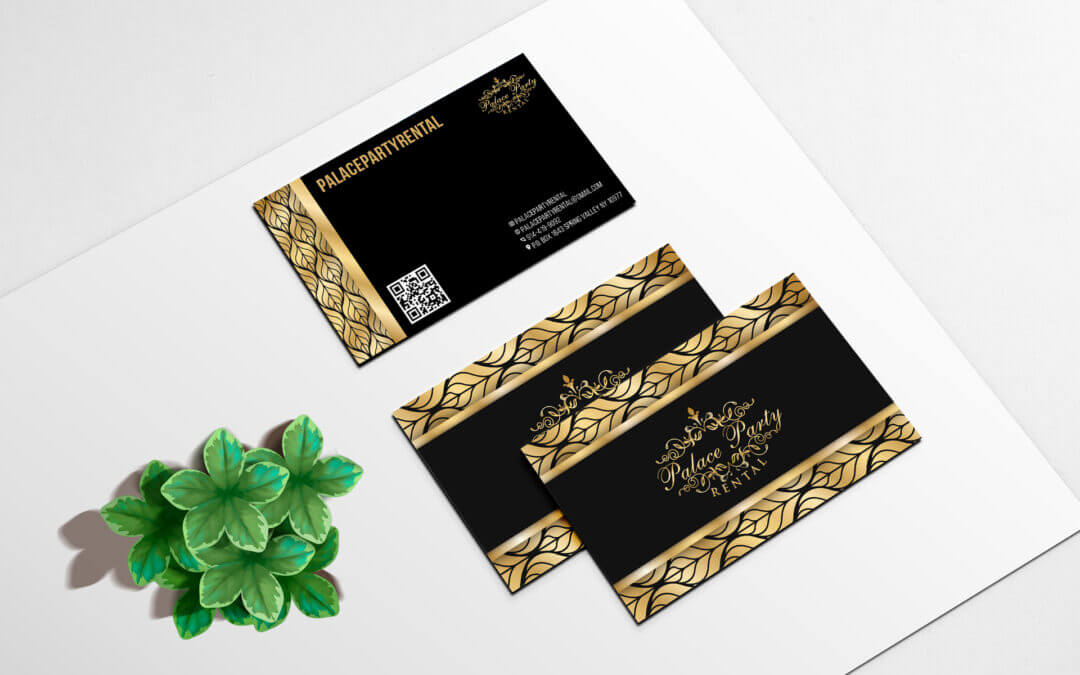
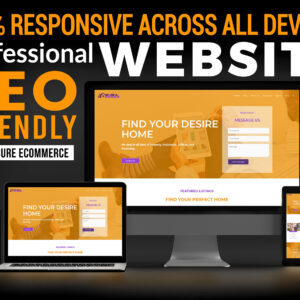
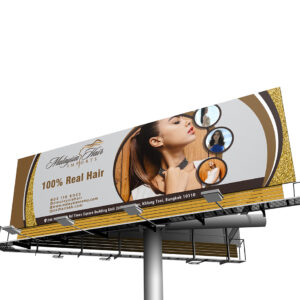

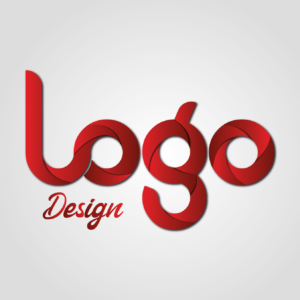

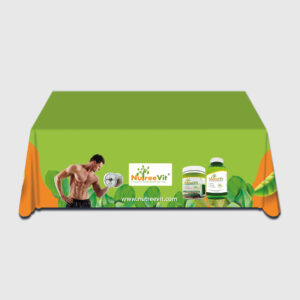
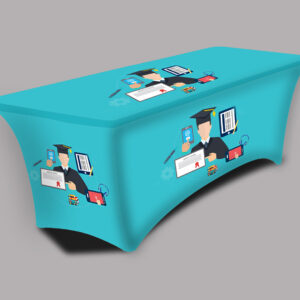
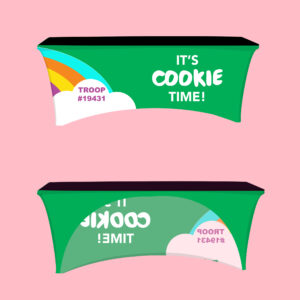
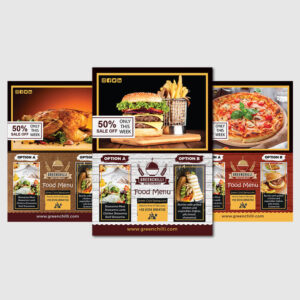

Although I enjoy your website, you should proofread a few of your pieces. Many of them have serious spelling errors, which makes it difficult for me to convey the truth. Nevertheless, I will definitely return.